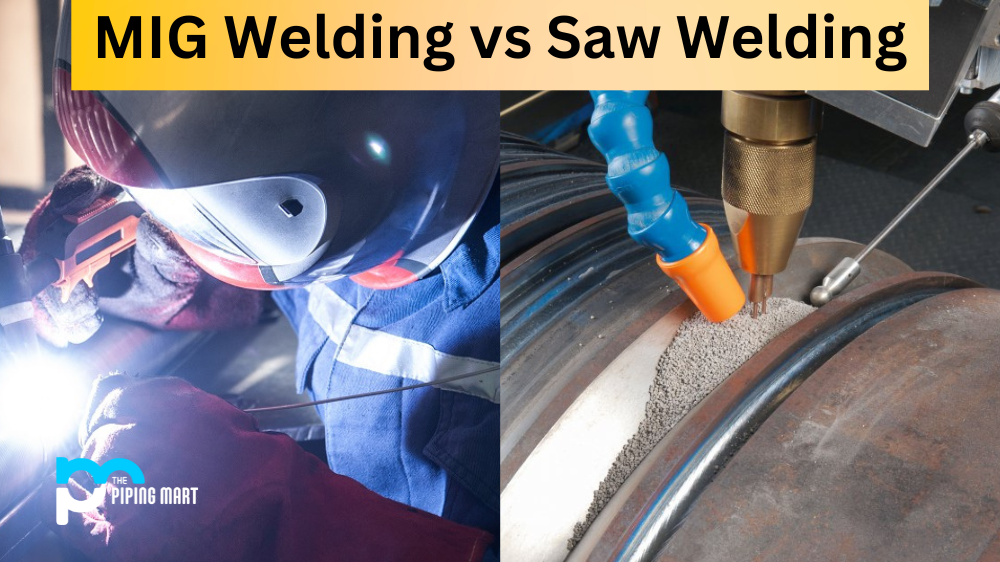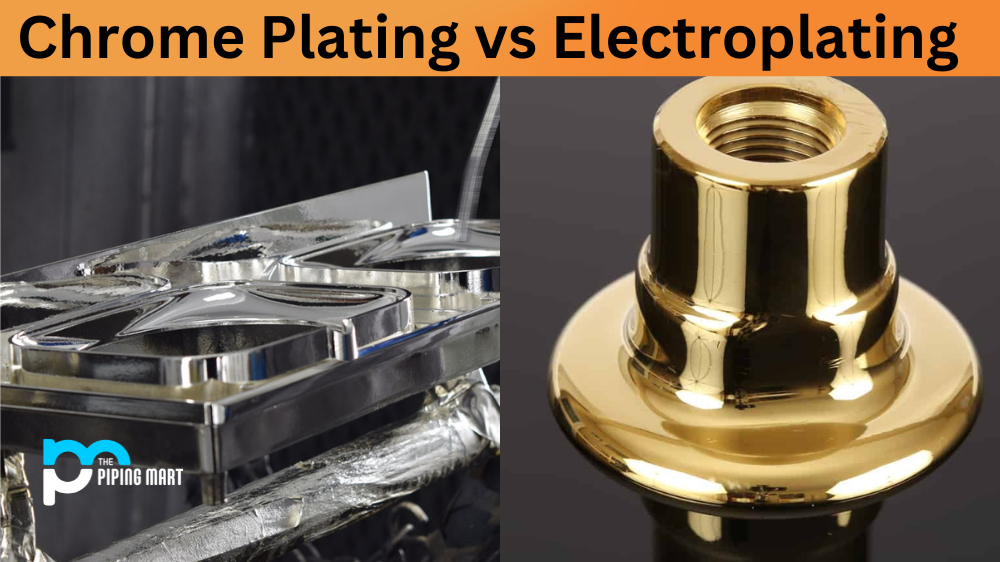When it comes to welding, there are many different methods you can use. Two of the most popular welding methods are MIG (Metal Inert Gas) and saw welding. Both have their advantages and disadvantages, and it’s important to understand how they work before deciding which one is right for your project. Let’s look at the differences between these two types of welding.
Difference Between MIG Welding and Saw Welding
MIG Welding Advantages
MIG welding is considered one of the most common types of welding used today. It uses a wire-fed electrode that is fed through a gun-like device with an adjustable current control setting. This method allows welders to easily adjust the current settings for different materials, thicknesses, and joint preparation. The main advantage of MIG welding is its speed; it produces high-quality welds quickly and efficiently. Additionally, this type of welding requires very little setup time and is easy to learn, even for beginners.
MIG Welding Disadvantages
The main disadvantage of MIG welding is that it tends to produce more spatter than other types of welding due to the higher current settings required for thicker metals. This can be minimized by adjusting the current settings correctly, but it can still be difficult to avoid completely. Additionally, MIG welders require shielding gas to prevent oxidation when melting metal, which can add an additional cost to your projects.
Saw Welding Advantages
Saw welding also known as arc or stick welding, uses an electric arc between a metal electrode and workpiece material in order to create the heat necessary for fusion between metals. This type of welder does not require any shielding gas making it ideal for outdoor projects where windy conditions could interfere with shielding gases used with other types of welders like MIG welders or TIG welders. Saw welders are also much cheaper than other forms of welding equipment, making them ideal for budget-conscious projects or those just starting out in the trade who don’t have access to more expensive equipment yet.
Saw Welding Disadvantages
The main disadvantage of saw welding is that it produces slower results compared to other forms of welding equipment due to its lower heat output caused by lower currents used during operation compared with other forms like MIG or TIG welders, which run at higher currents; thus, producing more heat energy during operation resulting in faster results overall.
Advantages of MIG Welding
MIG welding has several advantages over other types of welding, including:
- It is relatively easy to learn and can be done by anyone with basic welding skills.
- It is fast and efficient, making it ideal for production work.
- It produces high-quality welds that are strong and durable.
- It is less likely to cause warping or distortion in the workpiece.
Advantages of Saw Welding
Saw welding has several advantages over other types of welding, including:
- It produces high-quality welds that are strong and durable.
- It is less likely to cause warping or distortion in the workpiece.
- It can be used on a variety of materials, including metals that are difficult to weld using other methods.
- It is less likely to cause fumes or sparks, making it safer than other types of welding.
Disadvantages of MIG Welding
MIG welding also has some disadvantages, including:
- It requires expensive equipment that may not be available to everyone.
- It can be dangerous if not done properly, as it produces harmful fumes and sparks.
- It is not always possible to produce aesthetically pleasing welds using this method.
Conclusion:
All in all, both MIG and saw (or arc) weldings have their own unique advantages and disadvantages depending on what type of project you’re working on or what kind of experience level you have as a welder, so understanding how each work will help you decide which method is right for your project or budget! Both offer distinct advantages over each other, so if you need something done quickly, then MIG might be your best option, whereas if you need something done cheaply, then using a saw welder might be your best bet! Ultimately, choosing between these two different methods depends on what kind of project you’re tackling and how experienced you are as a welder, so make sure to do your research before making any decisions!

Abhishek is a seasoned blogger and industry expert, sharing his insights and knowledge on various topics. With his research, Abhishek offers valuable insights and tips for professionals and enthusiasts. Follow him for expert advice on the latest trends and developments in the metal industry.




